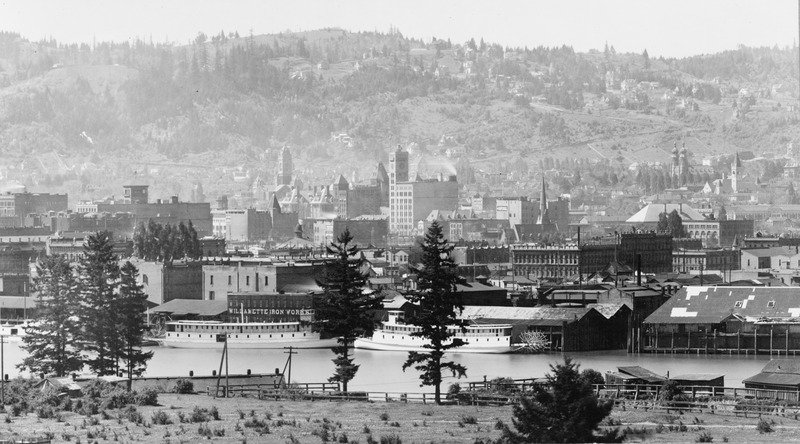In April, presumably, when the American Lung Association releases its annual “State of the Air” report (the first one issued in 2000), my expectation is that for fine particulate matter pollution (PM 2.5) averaged over 24 hours and PM 2.5 recorded on an annual basis, the major cities in California’s heartland, the expansive, sprawling San Joaquin Valley with its eight counties housing four million-plus residents, will be ranked
among the worst in the United States for this one pollutant emission as well as for at least one other: ozone, averaged over eight hours. If so, this long-standing trend will indeed be unbroken.
Well, one can’t help but wonder how conditions (the condition of the air, to be more precise) could have gotten so bad. The operative word here? Valley.
At 24,000 square miles – give or take – the area itself is ringed by mountain ranges on three sides – the east, south and west. Which means that any air pollution generated in the region generally stays put and builds as long as there aren’t cleansing winds or rain to help clear the bad air out.
This pollution comes from a number of sources, mobile, area-wide and stationary alike: transportation, industry, oil extraction and production, agriculture, and via residential and commercial activity, etc.
And, it isn’t just that the Valley has air pollution that can cause coughing, wheezing, bronchitis, chronic obstructive pulmonary disease (COPD), cancer of the lung and other cancers and death, heart disease and heart attack, and can trigger asthma attacks (depending on the type of pollution breathed in and its concentration in the air), this pollution can often be seen in the air in the forms of smog, smoke and haze. It’s definitely not a pretty sight.
So, being a long-time resident of the Valley myself, I am wondering if others here also are seeing what I am.
Putting two and two together
Okay, so it was just last evening on the local PBS (Public Broadcasting Service) affiliate right after I finished the dinner repast, that I caught an episode of the program: “American Grown: My Job Depends on Ag.” Shown was the second season’s ninth episode: “Cattlefornia.”
It goes without saying or it should that the focus was on Golden (and to some degree Silver) State cattle ranching. Four ranching operations were profiled.
I have to say the more I watched the more my interest was piqued.
It was hard to miss the ugly air in the sky in the video footage shown.
It was throughout much of the show’s duration that what could be evidenced was the unmistakable haze/smog (sometimes smoke) hanging in the air. And, in fact, toward episode’s end, one of the show’s featured speakers seemed unreserved in the least about airing her dismay if not disdain for what, by most measures, has the appearance of being unbridled residential development that has taken place on many a ranch and farm.
As far as I’m aware, what wasn’t shared either in featured speaker commentary or in out-of-frame narration, was mention of the developmental urban sprawl—deplorable air connection.
In the Valley annually, agriculture is perhaps a $50 billion industry. That’s ag-production output, in other words. For each farm, ranch, orchard, vineyard, dairy operation taken out of production, that which has been converted to alternative uses, once given up, except in the rarest of occasions, agricultural activity on that land becomes a thing of the past.
Air you can see
In my 44 years as a Central Valley resident, based on what I have seen during that time, unless land development patterns substantively change, here again, my expectation is that the Central Valley will continue to be designated as being among the worst in America in the aforementioned PM 2.5 and ozone categories in the yearly “State of the Air” report.
To all who make the Central Valley their home: Are you seeing this?
– Alan Kandel
All material copyright 2021.


